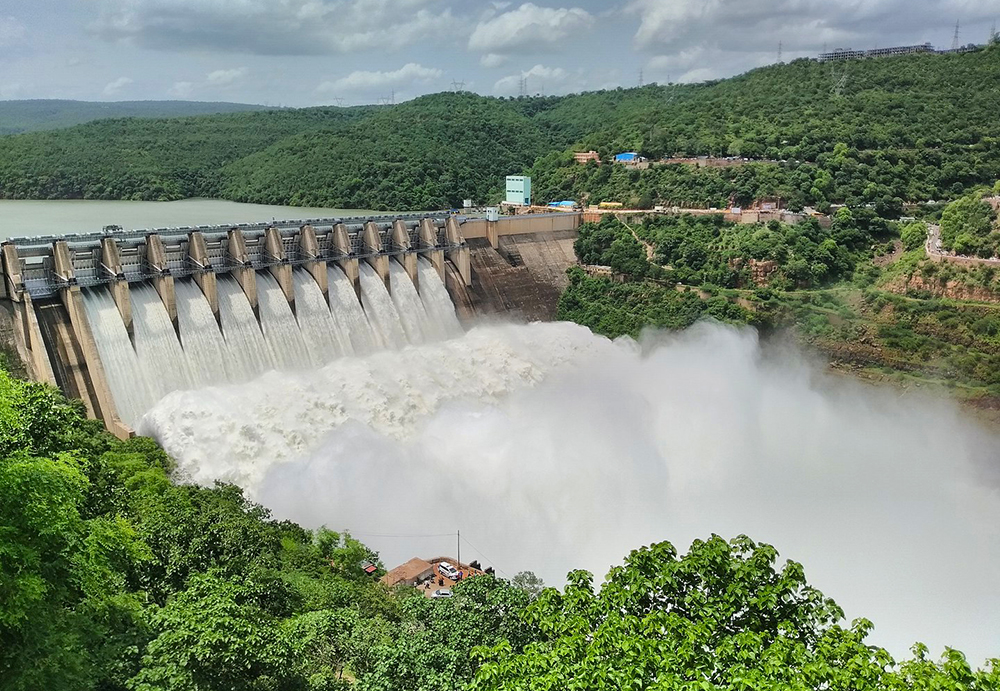Energy Storage
The Energy Storage Association explains the importance of grid energy storage: "Energy storage fundamentally improves the way we generate, deliver, and consume electricity. Energy storage helps during emergencies like power outages from storms, equipment failures, accidents or even terrorist attacks. But the game-changing nature of energy storage is its ability to balance power supply and demand instantaneously - within milliseconds - which make power networks more resilient, efficient, and cleaner than ever before.” (FAQs)
We also know that electricity is not easily or efficiently stored in large amounts. The Energy Storage Association identifies five categories of Energy Storage Technologies:
-
Batteries – a range of electrochemical storage solutions, including advanced chemistry batteries, flow batteries, and capacitors
-
Thermal – capturing heat and cold to create energy on demand or offset energy needs
-
Mechanical Storage – other innovative technologies to harness kinetic or gravitational energy to store electricity
-
Hydrogen – excess electricity generation can be converted into hydrogen via electrolysis and stored
-
Pumped Hydropower – creating large-scale reservoirs of energy with water

Primitive as it may seem, the grid-tied energy storage technology with the largest capacity is simply to pump water to a higher elevation, storing it as potential energy. Called pumped storage, or pumped hydropower, the energy is recovered when the water from the higher elevation is used to drive turbines for hydroelectric power conversion. This process uses more electricity than it produces. So why do it? When a power plant has extra capacity, it generates electricity used to pump water uphill. Then, when the plant is stretched to capacity and electricity is at its highest price, this pumped storage can be used to generate low-cost hydroelectricity.
Some content on this page came from an earlier version of this course and was written by Vera Cole.
EGEE 401: Energy in a Changing World by Vera Cole via the Pennsylvania State University is licensed under CC BY-NC-SA 3.0 (https://creativecommons.org/licenses/by-nc-sa/3.0/)
